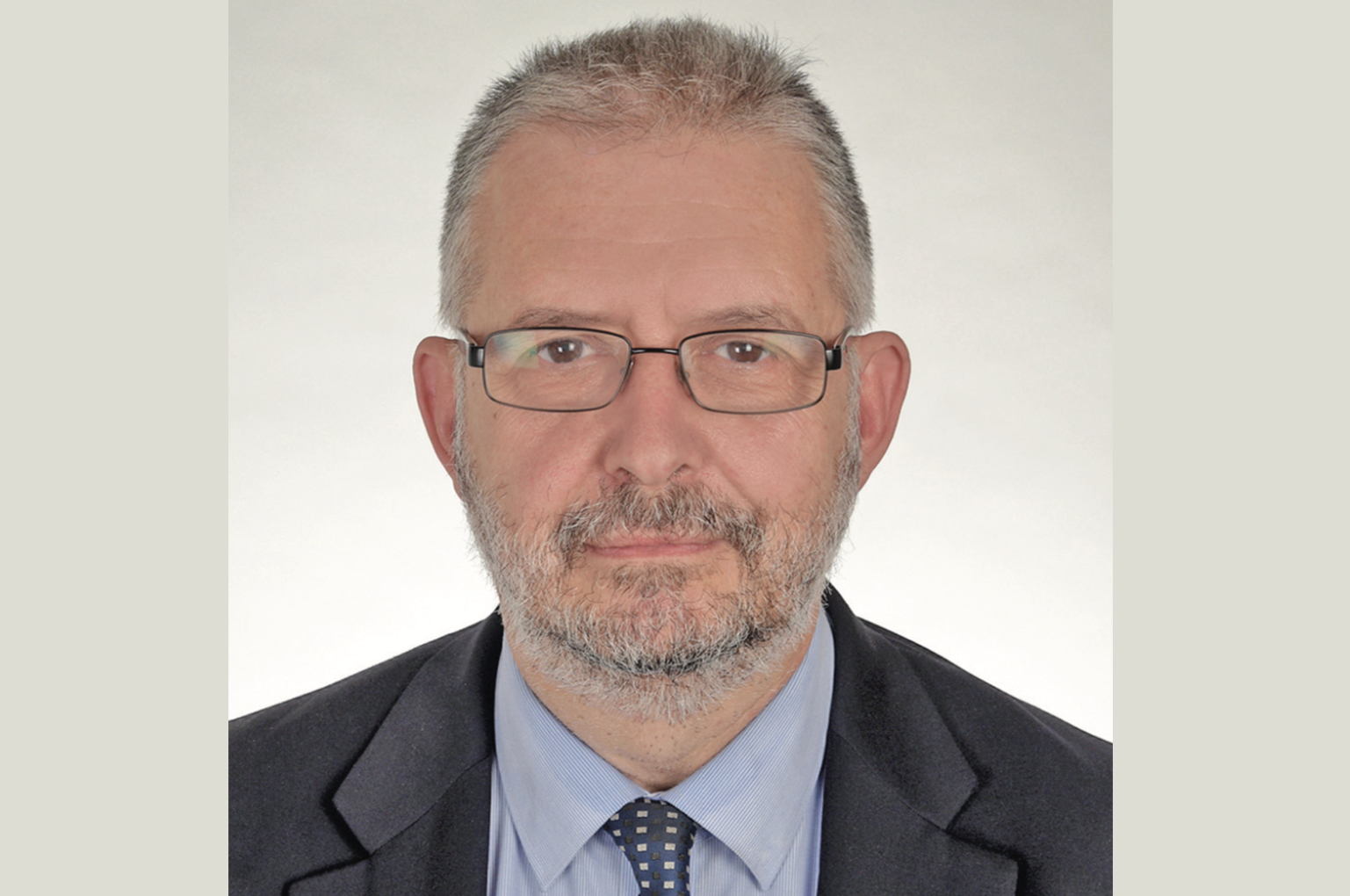
21 Jan A natural gateway for the Balkans and Southeast Europe
Sotirios Theofanis, Chairman of the BoD and Managing Director, Thessaloniki Port Authority SA, explains how innovation characterizes the port’s expansion
What is your vision today for the development of the Thessaloniki Port and its transformation into a main logistics and transit hub for Europe?
We want to transform the Port of Thessaloniki into a real hub, not only in terms of transport but also in terms of networking and technology. One of the pillars of our strategy revolves around what we are doing to boost the infrastructure and the services of the port. The backbone of this effort will be the expansion of the container terminal in order to accommodate ultra- large container vessels. This is a major project and part of the mandatory enhancements, amounting to €180 million, that we have to implement, pursuant the provisions of the concession agreement between the Greek state and Thessaloniki Port Authority SA. This project includes the construction of a new additional 460-meter-long quay wall with an effective depth of at least 17.6 meters, as well as the construction of an additional yard area, at least 300 meters wide, alongside the new quay wall. Last but not least, we will provide all the additional infrastructure work that is required for ensuring full operability of the new quay wall and the yard area. Our target is to complete the project by the first half of 2023, providing the opportunity of accommodating Super Post New Panamax vessels of 18,000 TEUs capacity. This will enable us to accommodate a main line of services here. The second part of our in-port development is to have new equipment and a much better level of service toward our customers. When we came here, the container vessels’ waiting time at anchor was 28.5 hours on average, while now it is 4.5 hours. Then, the third element is the restructure of the management of the port, leading to a fundamental change in terms of attitude and organization.
What key success factors contributed most to your 7 percent annual increase in container handling and conventional cargo since privatization?
It was fundamental to restructure the company, increase the level of service, improve our equipment (which was very important in the short term in order to ensure smooth operation) and to put in practice all our plans regarding the expansion of the container terminal. These were very important parameters, in order to increase the trust of our clients towards the company. This also provides us with a strong indentity for our future.
“Drawing from the experience of other similar initiatives worldwide, we are looking for ways to establish a focused Innovation Hub for Ports, Freight Transport and Logistics at the port.”
Sotirios Theofanis, Chairman of the BoD & Managing Director Thessaloniki Port Authority SA
As part of the port’s strategy to become a logistics and transit hub for Europe is the development of a freight center that will play into the formation of strategic corridors to Eastern and Central Europe, allowing for processing and industry to develop. What is the scope of this project and what will the role of the port be in it?
Our industry has witnessed significant changes over recent years, especially with the emergence of the international terminal operators and global terminal operators. In our case, it is crucial to have a foothold all over our potential hinterland area. On the other hand, we are also betting a lot on a strategy of being at the forefront of technology. Drawing from the experience of other similar initiatives worldwide, we are looking for ways to establish a focused Innovation Hub for Ports, Freight Transport and Logistics at the port. This will allow us to also achieve collaboration with universities and research institutions, as well as promising start-ups all over our potential region, which is the Balkans and Southeast Europe.
We believe that volume traffic along with technology development are quite important, not only for the image of the port but also for the substance of the port as a major transportation services provider.
What are your views on the latest, cutting-edge technologies, including artificial intelligence and the Internet of Things, and in what ways can they improve efficiencies and boost the port’s capacity? How optimistic are you about the future of the port and Greece in general?
Out of new research developments, between 10 percent and 12 percent reach real practice. In terms of commitment, we are very much committed in applying those technologies. Whether those new technologies yield results sooner or later will be proved in a matter of time. Greece has a promising future, that requires us, the government, the politicians, the managers and the investors to realize our plans and form a better future than that we have experienced over the past decade.


